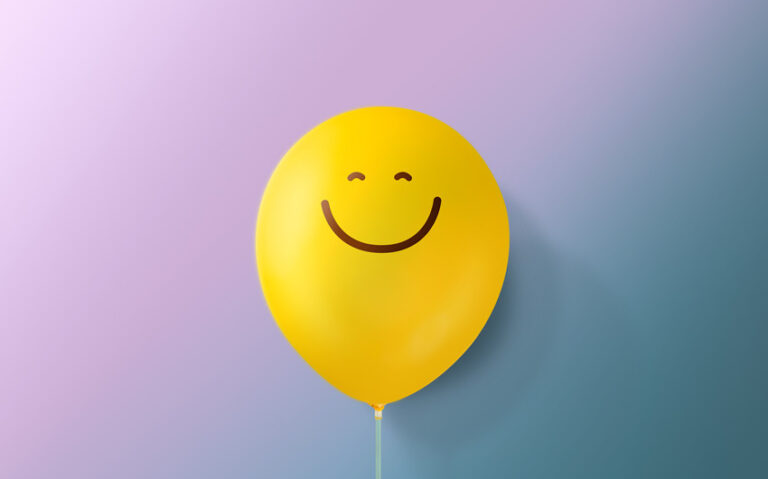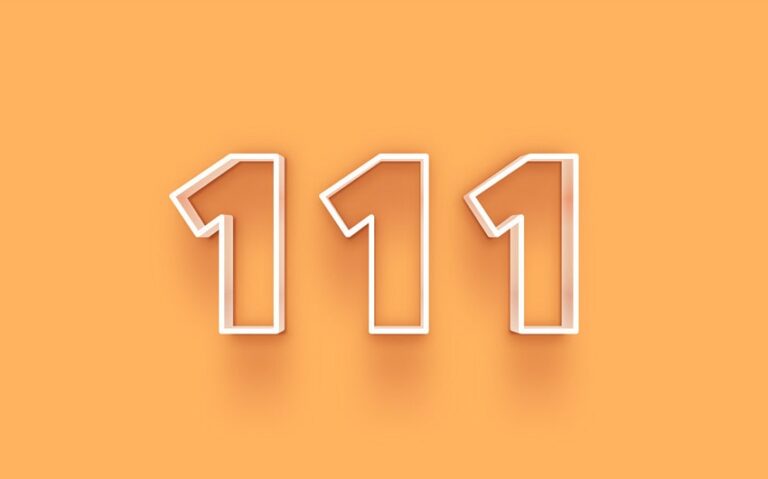Joy vs Happiness: Understanding the Deep Difference That Changes How You Feel
Joy and happiness often get used interchangeably, but they’re not the same thing. One is steady and soulful. The other is bright and fleeting. When you understand the difference between joy and happiness, you start to notice what truly fills you—and what just makes you smile for a moment. This article explores both, so you can cultivate the kind of emotional well-being that lasts longer than a good day.
What Is Happiness?
Happiness is a positive emotional state that arises when something pleasant or rewarding happens. It’s typically sparked by external experiences—like achieving a goal, getting praise, eating your favorite meal, or receiving affection. It’s often accompanied by feelings of excitement, contentment, pleasure, and even pride. Happiness feels like a spark: vivid and uplifting, but sometimes short-lived.
Psychologically, happiness is connected to dopamine—the brain’s “reward” chemical that spikes in response to something gratifying. This makes happiness feel good, but also makes it reliant on stimuli. When the excitement fades or the conditions change, happiness can vanish just as quickly. That’s why you may find yourself chasing it—always needing the next achievement, approval, or activity to feel “okay.”
Happiness is important. It makes life enjoyable, energizes you, and creates moments of lightness. But it’s also situational. If your happiness is always tied to what’s happening around you, then your well-being can become fragile—too easily shaped by things outside your control.
What Is Joy?
Joy is deeper, quieter, and more internal than happiness. It’s an enduring sense of emotional or spiritual well-being that isn’t dependent on external circumstances. Joy doesn’t always shout—it often whispers. You might feel it during a moment of deep peace, while watching a sunrise, holding your child’s hand, or even in the middle of grief, when something inside you still says, “I am okay.”
Joy is rooted in connection—to yourself, your values, your faith, or something larger than your immediate surroundings. It is often described as a byproduct of alignment. When your actions, beliefs, and emotions are in sync, joy arises naturally—even if nothing around you is perfect.
Unlike happiness, joy can coexist with sorrow. You can cry tears of sadness and still feel a flicker of joy that reminds you of love, meaning, or purpose. It’s a steady companion rather than a rush. From a psychological perspective, joy aligns with the release of oxytocin and serotonin—chemicals linked to safety, bonding, and long-term emotional regulation.
Key Differences Between Joy and Happiness
To clearly distinguish between joy and happiness, it helps to explore how they operate emotionally, mentally, and spiritually. While both contribute to overall well-being, they show up differently in your life.
| Joy | Happiness |
|---|---|
| Comes from within | Often comes from external events |
| Can exist alongside sorrow or pain | Usually disappears when discomfort arises |
| Deep, sustaining, spiritually rooted | Surface-level, energizing, emotionally reactive |
| Grounded in meaning and presence | Grounded in reward and outcome |
| Often still and calm | Often vibrant and active |
Joy feels like an inner peace that doesn’t fluctuate as quickly. It might not always be visible, but it’s felt strongly. Happiness, on the other hand, is usually more visible and expressive, but also more changeable. Joy sustains you. Happiness uplifts you. Both have a place—but only one helps you stay steady when life gets hard.
Scientific Insights on Joy and Happiness
Psychologists have long studied emotional well-being, and both joy and happiness are considered part of what researchers call “positive affect.” However, the distinction becomes clearer in deeper research.
According to Dr. Barbara Fredrickson, a leading researcher in positive psychology, happiness is linked to short-term positive emotions that broaden your awareness, while joy is one of the core emotions that contributes to long-term psychological resilience. Her “Broaden and Build” theory suggests that joy helps expand your mental and emotional capacity over time, helping you become more flexible, creative, and connected.
Meanwhile, Martin Seligman—often called the father of positive psychology—explains that happiness includes three dimensions: pleasure (immediate gratification), engagement (being in flow), and meaning (serving something bigger than yourself). Joy, he suggests, belongs in the third category: the domain of meaning, purpose, and fulfillment. It doesn’t arise from what you do—it arises from why you do it.
Brain studies also show that while happiness often activates the brain’s dopamine pathways (associated with reward and excitement), joy is associated with deeper, slower brain patterns and the release of serotonin and oxytocin—chemicals linked to emotional bonding, contentment, and long-term emotional regulation. This reinforces why joy feels more sustainable and calming.
Real-Life Examples
To bring these concepts to life, here are some examples of joy and happiness that show how they feel different in real moments:
- Happiness is the excitement you feel when your favorite team wins, or when you get a compliment from someone you admire. It’s real, valid, and emotionally uplifting—but it might fade by the end of the day.
- Joy is the quiet sense of gratitude you feel after helping someone who never expected your kindness. It might not be thrilling, but it lingers. It changes you from the inside out.
- Happiness is laughing with your friends at a party. Joy is feeling a moment of inner peace alone in your kitchen, knowing you are enough just as you are.
- Happiness might come from getting a raise. Joy might come from doing work that aligns with your values—even when it pays less or goes unnoticed.
Both are important. But if you find yourself constantly chasing the next happy moment and still feeling empty, it might be time to start cultivating joy instead.
How to Cultivate More Joy
Joy doesn’t arrive on command—it grows slowly, through consistent practices and shifts in perspective. You don’t “find” joy as much as you build your capacity to notice and hold it. Here are some deeply rooted ways to create space for joy in your life:
- Practice Gratitude: Consistently noticing what is already good in your life rewires your brain for joy. Try writing down three small things each day—especially the things you’d normally overlook.
- Choose Presence Over Perfection: Joy happens in the now, not when everything is fixed. Practice slowing down and being with your real emotions and real life—mess and all.
- Connect with Something Greater: Whether through spirituality, nature, prayer, or service, connection to something beyond your ego often leads to deep joy. It reminds you you’re not alone—and never have been.
- Be Vulnerable and Honest: Joy can’t exist in denial. When you allow space for your full truth, joy often arrives like a quiet companion, not a reward for getting it “right” but a result of being real.
- Care for Others and Yourself: Acts of kindness—toward yourself and others—activate the brain’s joy pathways. Joy grows in giving, not just receiving. It’s deeply relational.
These practices don’t always lead to happiness. But they often create the conditions for joy—a steadier, fuller, quieter kind of good.
10 Powerful Quotes About Joy and Happiness
- “Happiness depends upon ourselves.” – Aristotle
Even centuries ago, the truth was clear: the key to happiness and joy lies not in luck or wealth, but in how you live and see the world. It’s an empowering reminder that your choices shape your emotions. - “Joy is what happens to us when we allow ourselves to recognize how good things really are.” – Marianne Williamson
This quote emphasizes presence. Joy isn’t something you chase—it’s what shows up when you open your eyes to what’s already beautiful. It’s awareness, not acquisition. - “Happiness is not something ready made. It comes from your own actions.” – Dalai Lama
Happiness isn’t found—it’s created. This quote reminds you that even the simplest acts—breathing deeply, helping someone, taking a walk—can be seeds for joy and happiness alike. - “Find ecstasy in life; the mere sense of living is joy enough.” – Emily Dickinson
Joy isn’t always grand or ecstatic—it can be a whisper, a knowing, a gentle breath. When you stop striving and start noticing, joy often appears in the everyday. - “Joy is a decision, a really brave one, about how you’re going to respond to life.” – Wess Stafford
Choosing joy is not naive—it’s courageous. This quote honors the strength it takes to hold onto light when darkness tempts you to let go. - “The joy we feel has little to do with the circumstances of our lives and everything to do with the focus of our lives.” – Russell M. Nelson
Focus shapes emotion. What you center your thoughts on—loss or love, fear or gratitude—directly impacts your emotional reality. - “Joy does not simply happen to us. We have to choose joy and keep choosing it every day.” – Henri Nouwen
Joy isn’t passive. It’s a repeated act of returning to what matters most, even when it’s hard. This quote reminds you that the decision to choose joy often needs repeating. - “Sometimes your joy is the source of your smile, but sometimes your smile can be the source of your joy.” – Thich Nhat Hanh
Joy and action feed each other. You don’t have to wait for joy to arrive—sometimes creating space for it is as simple as breathing, smiling, or pausing. - “Happiness is a warm puppy.” – Charles M. Schulz
A simple truth—sometimes happiness is just about presence and comfort. A soft reminder that you don’t always need more to feel better. - “To get the full value of joy you must have someone to divide it with.” – Mark Twain
Joy multiplies when shared. Connection is a vessel for deeper, lasting joy—and often, it’s in giving joy that we receive it most.
Final Thought
Happiness lifts you—but joy holds you. One is the spark, the other is the steady flame. As you walk through your days, let yourself feel both. But when things get quiet or hard, reach for the one that doesn’t fade with the weather. Choose joy—and let it choose you right back.






